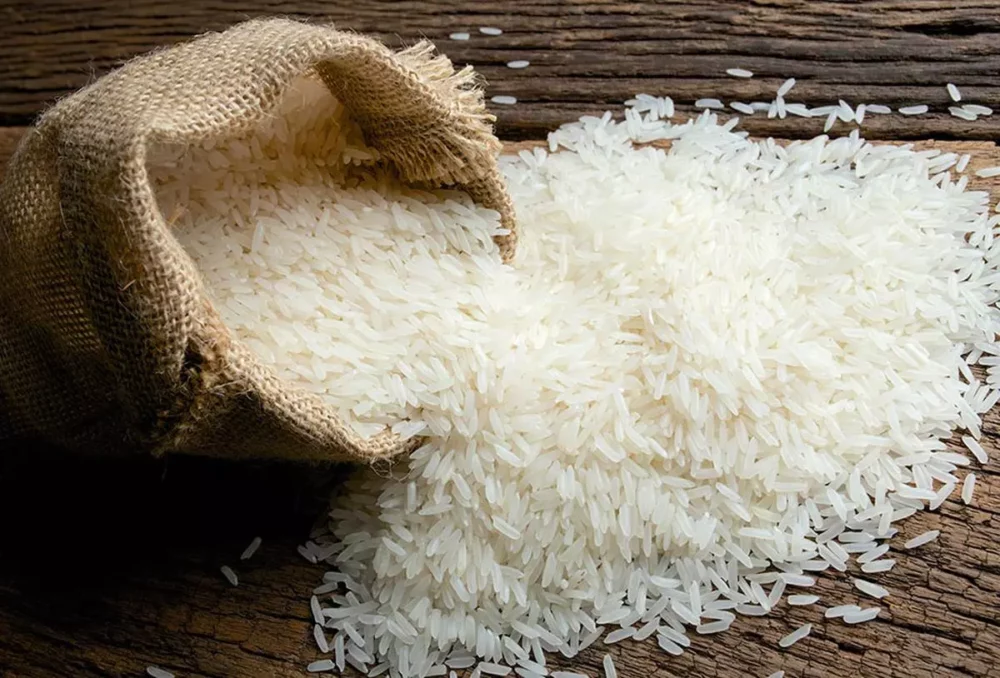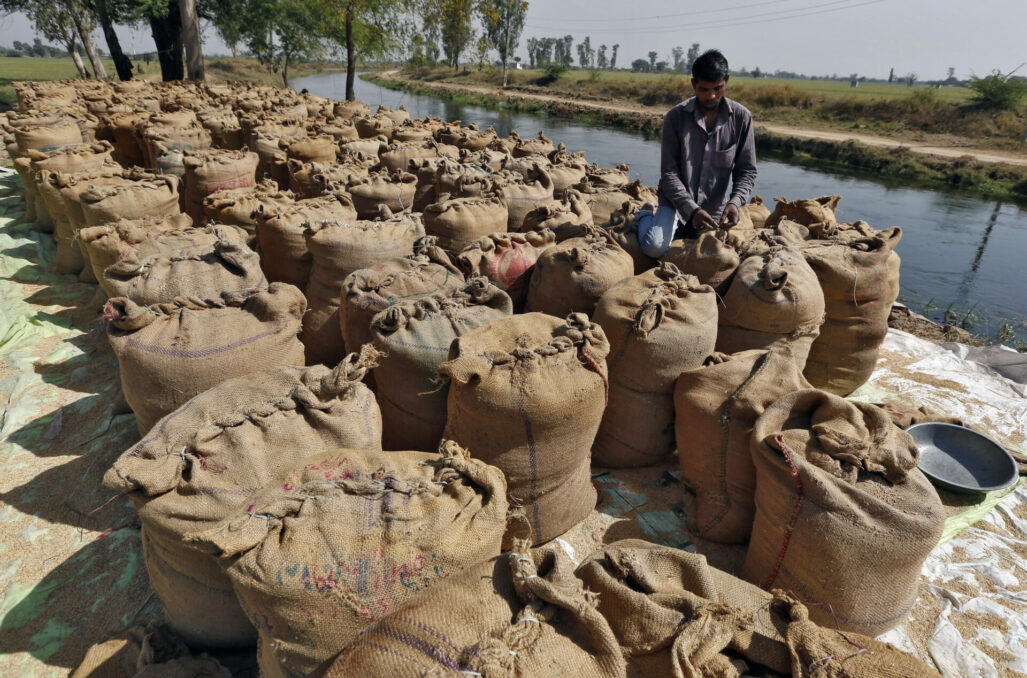The Indians in The United States and Canada started to hoard large bags of India-exported rice immediately after the Food and Consumer Affairs Ministry of India banned export of non-basmati rice on 20th July. The Indian Government took this decision to keep local prices stable as the general elections are around the corner in 2024.

Situation in the US
According to reports by the Frontline, Indian Americans are anxiously stocking up their granaries with multiple bags of a variety of rice. Rice is an essential component of the Asian diet therefore, a ban on export of white rice is a matter of concern for them. Interestingly, people have also been buying huge quantities of basmati rice, even though its export has not been banned by the Indian Government. This behaviour of Indian Americans could be attributed to the fear of basmati rice also being banned in future.
Seeing this as a good opportunity to make profit, grocery stores have started increasing the price of rice bags by a significant amount. The prices have reportedly risen by 11%. Texas, which has a major Asian population is witnessing a major hike in price. According to an NRI, a 9Kg bag of rice which was earlier sold at $15-$16 is now being sold at $35-$50.
Outlets of major brands witnessed a tussle between buyers. On July 21, rice bags of all varieties disappeared from their shelves within a few hours. Unable to keep up with such huge demand, some stores started putting restrictions on the number of bags bought by a customer.
Many videos of panicking people in grocery stores stocking up on rice bags have been circulating on social media. According to CNBC, hoarding has definitely begun in California, Chicago, New Jersey and even in parts of Canada. The Indian origin community faced a similar situation around three years ago when India restricted the export of wheat flour.

India Bans Rice Export
India has put a ban on the export of non-basmati white rice (Semi-milled or wholly milled rice with immediate effect. The Ministry of Food and Consumer Affairs has justified the decision as a step to reduce prices in the home country. “Retail prices have increased by 11.5% over a year and 3% over the past month”, said the Ministry.
India fulfils approximately 40% of the world’s rice needs. Given India’s ban on rice exports, the buyers will move to other countries such as Thailand and Vietnam for imports. Experts predict a global rise in prices of food products.
“India would disrupt the global rice market with far greater velocity than Ukraine did in the wheat market with Russia’s invasion,” B.V. Krishna Rao, president of the Rice Exporters Association told Reuters.
India as a Leading Producer and Exporter of Rice
India is the world’s second largest producer and largest exporter of rice. It is a major part of India’s agricultural produce and therefore, is grown in almost every state. India exported 7.78 million tonnes of non-basmati rice worth US$ 2.12 billion in 2022-2023. The United States of America and Canada imported approximately 64,330 tonnes of non-basmati rice from India in 2022-2023. Other major markets for Indian rice are the African countries. China, Vietnam and Pakistan are among the global rice suppliers along with India.













